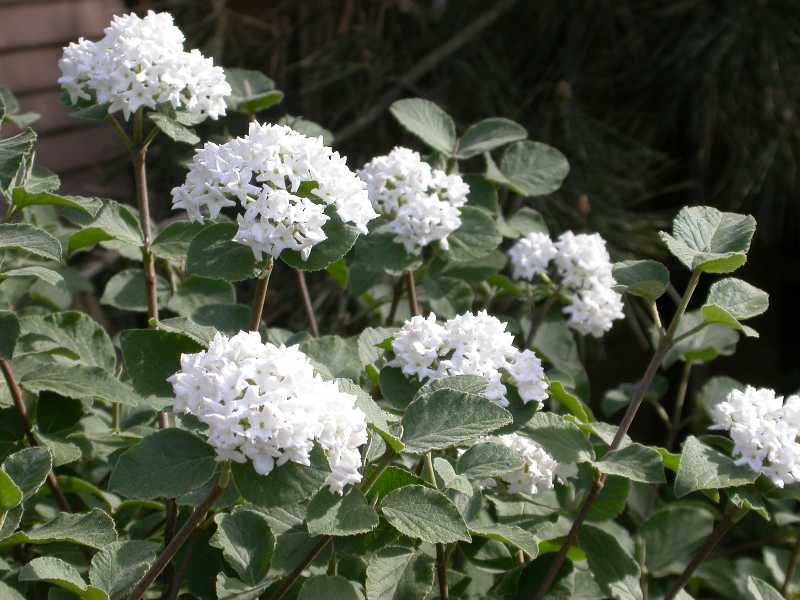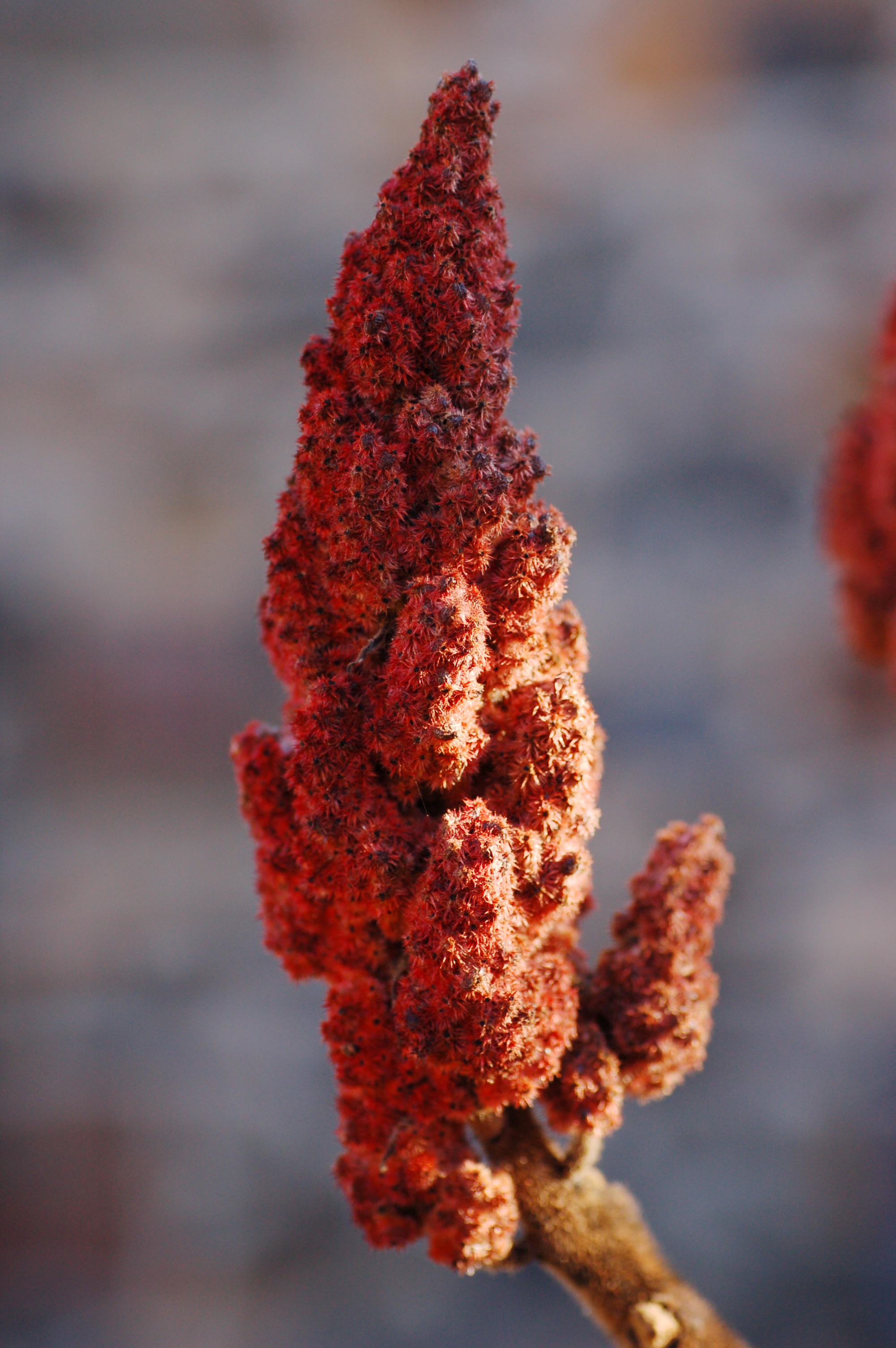I can't.
Monday, October 31, 2011
Happy Halloween!
How can I get through today without posting some pictures of pumpkins in honor of halloween?
I can't.
I can't.
Plant of the Day: Rhus typhina 'Lacinata'
This Second Plant of the Day's leaves currently have a fine fall color and interesting fruits that persist through winter. The trunks and structure of this particular species can also create interest in the landscape. I personally find that the seedlings and suckers can be a little time consuming to get rid of. But, if you can handle a little extra maintenance and want something woody, unique and grows easily this can be a great plant option.
Latin Name: Rhus typhina 'Laciniata'
Family: Anacardiaceae
Common Name: Cut-Leaf Staghorn Sumac
10-Year Height: >10' (can get very wide if suckers allowed to grow)
Bloom Time: May/June
Bloom Color: Greens, Yellows
Best Exposure: Part Shade to Full Sun
Deciduous Shrub
Labels:
Anacardiaceae,
Deciduous Shrubs,
Landscape Plants,
Plant of the Day,
Rhus,
Sumac
Bulbs
It's that time of year to start thinking about planting your hardy bulbs. Planting bulbs now will give you flowers in early spring. Plus, with all of the rain you don't have to worry about providing the moisture they need to grow. Daffodils, tulips or hyacinths are just some of the examples of bulbs that can add color and an interesting change to a garden.
 Planting bulbs is easy. Most books suggest, as a general rule, a planting depth of three times the size of the bulb. Bulbs can be grouped and planted together to create pockets of multiple flowers or even planted in fields to conjure up an idyllic prairie setting.
Planting bulbs is easy. Most books suggest, as a general rule, a planting depth of three times the size of the bulb. Bulbs can be grouped and planted together to create pockets of multiple flowers or even planted in fields to conjure up an idyllic prairie setting.
Leaving the foliage up until withered, brown and easy to pull out will help the bulb replenish its energy and establish itself in the garden for years to come. When bulbs have been in the ground for a long time and aren't putting out as many flowers as they used to, it may be time to dig them up and divide them.
 Planting bulbs is easy. Most books suggest, as a general rule, a planting depth of three times the size of the bulb. Bulbs can be grouped and planted together to create pockets of multiple flowers or even planted in fields to conjure up an idyllic prairie setting.
Planting bulbs is easy. Most books suggest, as a general rule, a planting depth of three times the size of the bulb. Bulbs can be grouped and planted together to create pockets of multiple flowers or even planted in fields to conjure up an idyllic prairie setting.Leaving the foliage up until withered, brown and easy to pull out will help the bulb replenish its energy and establish itself in the garden for years to come. When bulbs have been in the ground for a long time and aren't putting out as many flowers as they used to, it may be time to dig them up and divide them.
Sunday, October 30, 2011
Plant of the Day: Viburnum carlesii

I'm studying for a Certified Professional Horticulture test that is coming up in March. Part of the test is memorizing a list of plants commonly used in the landscape. I figured that a great way to study these plants would be to write about them right here! Hope you enjoy the plant picks and find the information useful. The first plant, chosen by my amazing assistant/partner, is Viburnum carlessii.
Latin Name: Viburnum carlesii
Family: Adoxaceae
Family: Adoxaceae
Common Name: Koreanspice Viburnum
10-Year Height: <10' (Usually reaches a maximum height of 8' and width of 8')
Bloom Time: April/May
Bloom Color: Pink (Pink may fade into white as flowers get older)
Best Exposure: Full Sun to Part Shade
Best Exposure: Full Sun to Part Shade
Deciduous Shrub
1. The leaves are opposite, simple, ovate, and irregularly dentate. They will be dull green on the top part of the leaf while much paler on the bottom. Both sides are pubescent.

2. Hemispherical to spherical clusters of pink to white with pink tinged flowers. The flowers are fragrant at initial bloom.

Viburnum carlesii can handle a wide variety of soil and pH conditions but does best with partial sun, well-drained, slightly acidic soils. It's fragrant flowers make it an excellent candidate for borders of highly used areas of the garden. It has attractive silvery foliage and inconspicuous berry like drupes when flowering is done.
Formal Shapes and Hedging

Shaping plants has recently captured my interest. Whether it be cones, eggs or the more typical rectangles the right amount of topiary can create an artistic focal point and add structure to even the most rustic of gardens. Usually I consider myself a more naturalistic gardener. However, there is something gratifying, peaceful and creative to shaping a plant. The process may take several years if not longer, but it is well worth it when you achieve that final, tightly cornered box or pyramid.
First, the correct species of shrub needs to be chosen. Boxwood is arguably the easiest and most often used plant for formal shapes. Photinia and Laurel are examples of plants that can be maintained as larger hedges for screening and privacy. There are also choices to be made on flowering versus non-flowering and decidious versus evergreen. And, as always, remember the mantra Right Plant, Right Place! Environmental conditions and maximum size of the plant should be considered.
Once plants have been planted there is some set up to be done. To get even an even form a string is tied to stakes to outline the desired shape. A level is a handy tool to make sure lines are straight. Shapes should be chosen that leave a wider bottom on the shrub than the top to ensure the shrub stays green, healthy and fully covered with leaves. If you plan to do a long formal rectangular hedge than the slant from the base to the top of the shrub can be slight so that it is unnoticeable to the garden's visitors.
Shearing should be done at least 2-3 times a year or when the plant gets hairy due to new growth. Having formal shapes in your landscape can take time and patience, but the result is well worth it. For more information The Purdue Horticulture Department has an excellent fact sheet and plant list here.

Shearing should be done at least 2-3 times a year or when the plant gets hairy due to new growth. Having formal shapes in your landscape can take time and patience, but the result is well worth it. For more information The Purdue Horticulture Department has an excellent fact sheet and plant list here.

Subscribe to:
Posts (Atom)









